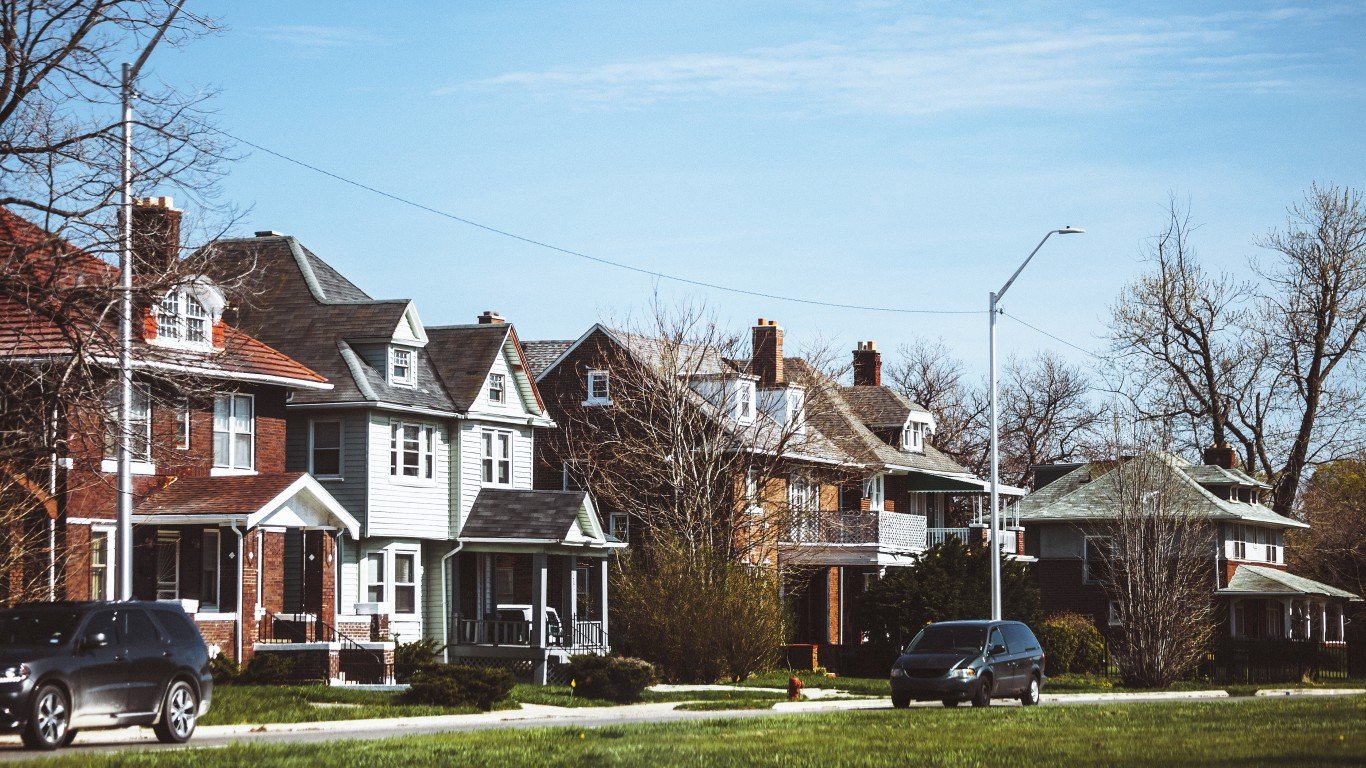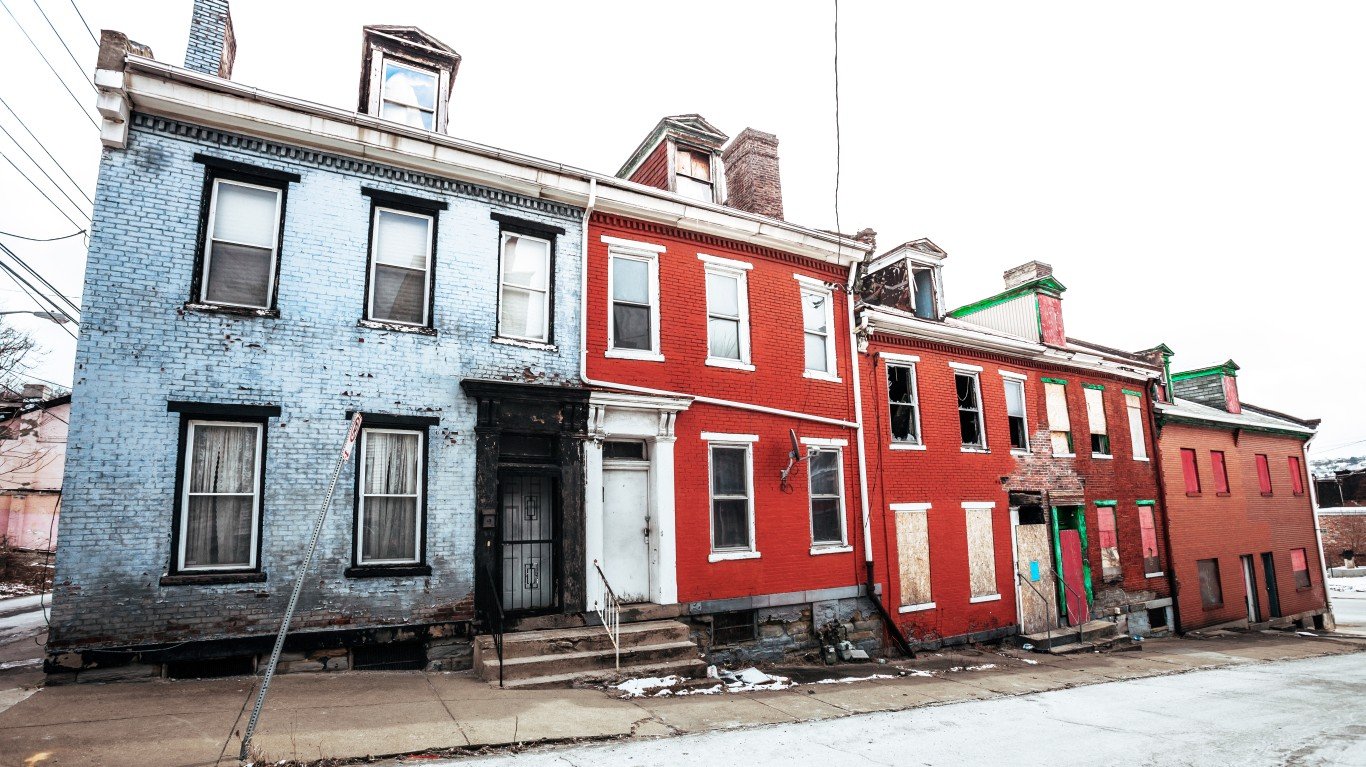

Hurricane season is at its worst, statistically, between August and October. Each year, the entire season seems to be worse than the ones before it. The “named storm” count for 2020 was 30, which was an all-time record.
Hurricanes generally do most of their damage in the Gulf of Mexico and along the southern portion of the Atlantic seaboard. Occasionally, a major hurricane will reach further north, as Ida did earlier this year.
Hurricanes that threaten the United States form in the North Atlantic basin and pose a perennial risk to communities along the Gulf and Atlantic coasts. According to a recent report from CoreLogic (a property information, analytics and data provider) nearly 8 million single-family homes are at risk of storm surge damage from hurricanes, and over 31 million homes are at risk of damage from hurricane winds, nationwide. These risks are disproportionately shouldered by metropolitan areas along the eastern seaboard and along the Gulf of Mexico.
Using data from CoreLogic’s 2021 Hurricane Report, 24/7 Wall St. identified the 15 cities where hurricanes would cause the most damage. Metro areas are ranked by the number of single-family homes at risk of storm surge damage.
Over a third of the metro areas that were candidates are located in Florida. Another three are in Louisiana, and two are located in the northeastern United States. Each of these places has faced the threat of major hurricane damage in recent decades. Some have narrowly dodged the worst devastation, while others, like New Orleans in 2005, have not been so lucky
To determine the city where hurricanes could cause the most damage, 24/7 Wall St. reviewed data on hurricane risk in metropolitan areas along the Gulf and Atlantic coasts from the CoreLogic report. Metropolitan areas were ranked based on the number of single-family residential structures less than four stories at moderate or greater risk of damage from storm surge flooding in the 2021 hurricane season.
Supplemental data on the estimated reconstruction cost value of the at-risk homes also came from CoreLogic and includes the cost of materials, equipment and labor that would result from reconstruction of these homes after 100% destruction. Data on population for each metro area came from the U.S. Census Bureau’s 2019 American Community Survey and are one-year estimates.
New York is the city where hurricanes would cause the most damage. Here are the details:
- Homes at risk of storm surge: 781,823
- Reconstruction cost value of at-risk property: $304.5 billion
- Metro area population: 19,216,182
- Recent severe hurricane: Superstorm Sandy (2012)
New York City does not face threats from hurricanes with the frequency of cities further south on the Atlantic or Gulf coasts. In the event of a hurricane, however, it has almost 782,000 single-family homes at risk of flood damage from storm surges, more than any other metro area in the country. The total reconstruction cost of those properties is estimated at about $305 billion. Additionally, nearly 3.4 million homes in the New York metropolitan area are at risk of damage from hurricane-force winds.
In October 2012, Hurricane Sandy devastated New York City. Though it had weakened to a tropical storm by the time it reached New York, the storm resulted in 44 deaths in the city and damaged or destroyed more than 69,000 homes and caused $19 billion in damage and lost economic activity.
Click here to see all the cities where hurricanes would cause the most damage.
Sponsored: Find a Qualified Financial Advisor
Finding a qualified financial advisor doesn’t have to be hard. SmartAsset’s free tool matches you with up to 3 fiduciary financial advisors in your area in 5 minutes. Each advisor has been vetted by SmartAsset and is held to a fiduciary standard to act in your best interests. If you’re ready to be matched with local advisors that can help you achieve your financial goals, get started now.
Thank you for reading! Have some feedback for us?
Contact the 24/7 Wall St. editorial team.



